Three long-chain alkanes detected by Nasa’s Curiosity rover could be chemical biosignatures that point to a history of past life on Mars, according to an international team of researchers. However, the team notes that the compounds may also have inorganic origins.
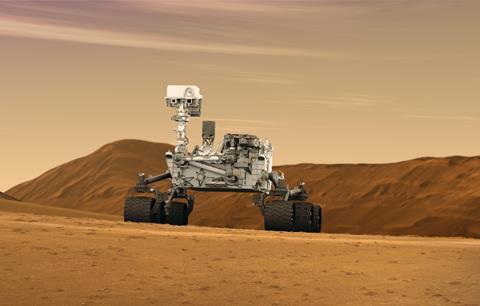
Picomolar concentrations of decane, undecane and dodecane were detected in mudstone samples drilled from Mars’s Gale crater, which at one time likely held a lake of liquid water. The samples contained large quantities of silicate clay and iron and magnesium sulfate minerals that can preserve organic molecules.
The three long-chain alkanes were detected by Curiosity’s sample analysis at Mars instrument suite, via experiments based on pyrolysis and gas chromatography–mass spectrometry.
The researchers note that the three alkanes may have derived from corresponding long-chain carboxylic acids. These fatty acids might have biological origins, with molecules like these often found in cell membranes. However, the compounds could also have been produced by abiotic chemical reactions.
Reporting on the findings, the researchers note that: ‘Although abiotic processes can form these acids, they are considered universal products of biochemistry, terrestrial, and perhaps Martian. Thus, the provenance and distribution of these molecules are of high interest in the search for potential biosignatures on Mars.’
References
C Freissinet et al, Proc. Natl. Acad. Sci., 2025, DOI: 10.1073/pnas.2420580122


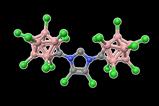

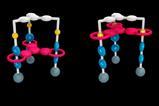
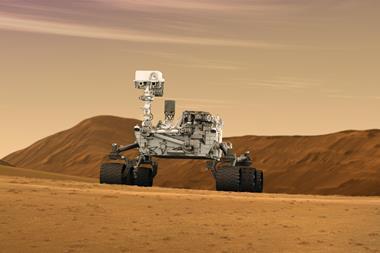
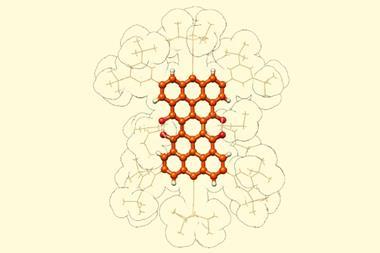
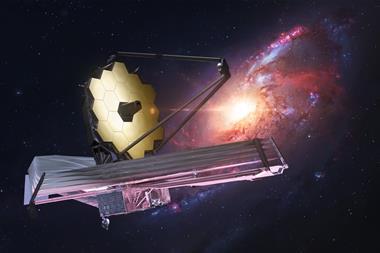
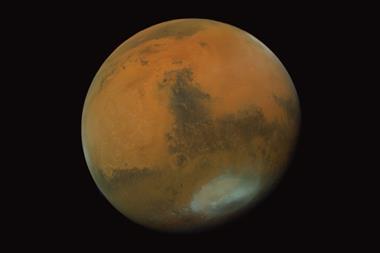
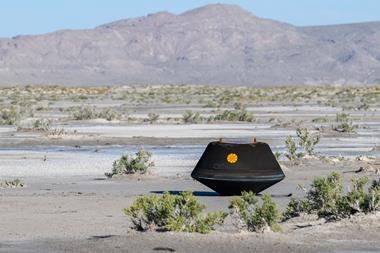


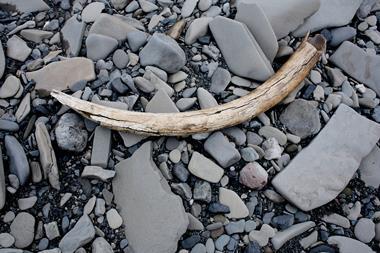
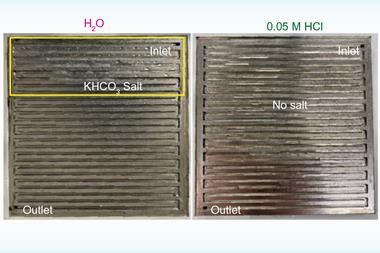
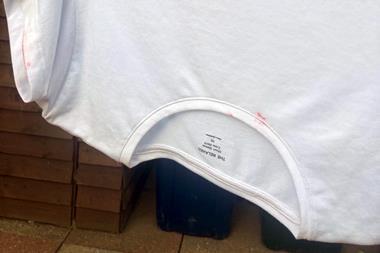
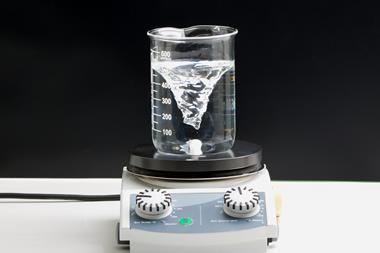
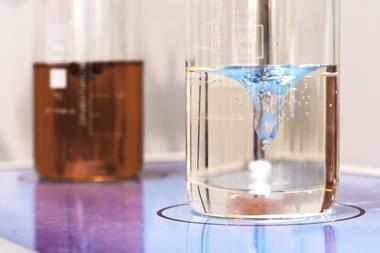
No comments yet